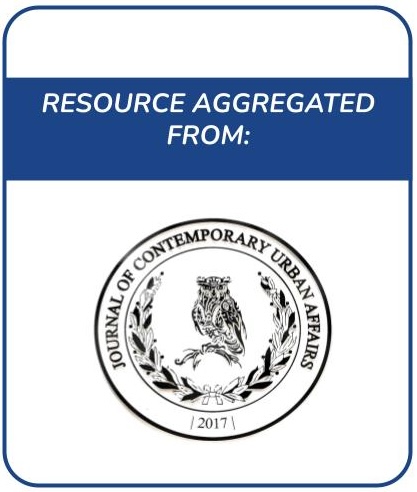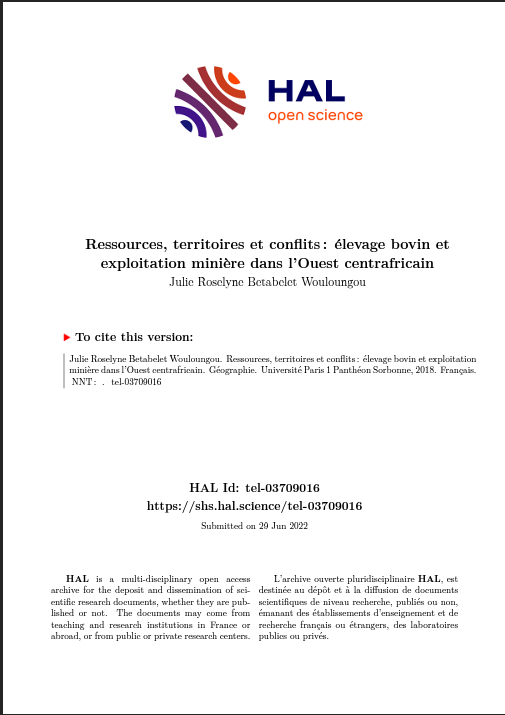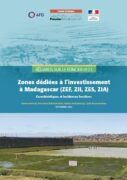Revitalization Approaches to Maximize Heritage Urban DNA Characteristics in Declined Cities: Foah City as a Case Study
Revitalization is an important process in action area planning especially in the heritage sites located within urban area contexts Varied techniques and tools of revitalization are applied at various spatial levels some are suitable for the urban scope and others suit the architectural building scope Urban DNA is a term used academically to reflect social economic and urban characteristics but has a different interpretation that depends on the spatial scale and context In action areas urban DNA refers to the essential visual social economic and physical characteristics that preserve the vit





